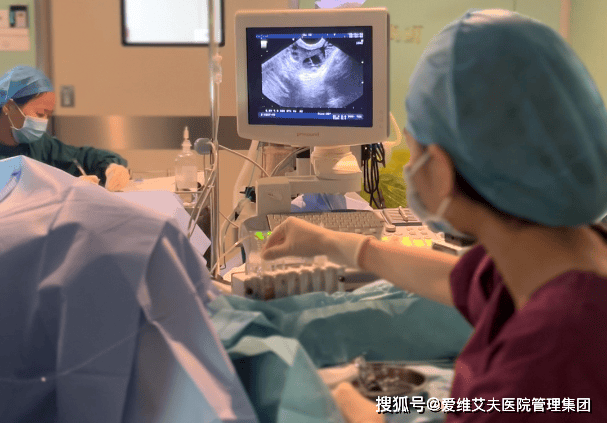“Doctor, why do we have different numbers of eggs retrieved with the same protocol?” There are many reasons for the difference in the number of eggs retrieved. Besides the difference in ovarian reserve function, immature eggs and the presence of empty follicles after stimulation can also affect the number of eggs retrieved. What is an empty follicle? Does it mean there are no eggs in the follicle? Why do we retrieve empty follicles? Let’s delve into this.
An empty follicle, also known as empty follicle syndrome, refers to a situation where, during the stimulated ovulation cycle or natural cycle, the serum estradiol (E2) levels and transvaginal ultrasound show good follicle development, with no discernible difference in appearance from normal follicles, appearing round or oval-shaped with a diameter of about 15-30mm. However, during egg retrieval, no oocytes are obtained from these follicles.
Why do empty follicles occur?
Empty follicle syndrome is divided into true and false empty follicles. In the majority of cases where eggs can be retrieved (though in smaller numbers), true empty follicles are typically the cause.
1. The formation of true empty follicles is mainly related to the individual’s condition:
① Decline in ovarian reserve function: Patients of advanced age or with significantly decreased ovarian function may experience issues with luteinizing hormone (LH) production, which can affect the maturity of eggs when LH is insufficient.
② Premature closure of oocytes: Increased apoptosis genes in follicle cells and a downregulation of genes essential for follicle health may lead to premature closure of follicles. Stimulated by hormones, these prematurely closed follicles continue to grow and undergo mutations, resulting in empty follicles.
③ Endocrine abnormalities in the follicular fluid of empty follicles: Endocrine abnormalities in the fluid of empty follicles can lead to a lack of biologically active human chorionic gonadotropin (HCG) within the follicle, preventing the release of the cumulus-oocyte complex from the follicle wall and resulting in empty follicles.
2. False empty follicles may be related to stimulation protocols and improper administration of puncture needles:
① Uneven follicular development due to stimulation protocols
During stimulation, not all follicles respond uniformly to medications. Each follicle has a different threshold for growth hormone stimulation, leading to variations in the maturity time of oocytes under the same stimulation. Mature eggs detach easily from the follicle wall during retrieval. Conversely, if eggs are immature and fail to detach, empty follicles may result.
② Inadequate HCG levels can also lead to empty follicles:
Incorrect timing or administration of HCG injections or insufficient absorption or rapid metabolism of the drug due to individual sensitivity variations can result in inadequate HCG levels, contributing to the occurrence of empty follicles.
How should you handle empty follicles?
Overall, while isolated cases of empty follicles may occur, it is rare to be unable to retrieve any eggs. For patients with enough retrieved eggs, proceeding with in vitro fertilization treatments is generally sufficient.
For patients with fewer eggs retrieved due to empty follicles, the following approaches can be considered:
1. Medication adjustments:
If empty follicles are due to declining ovarian reserve, treatment may involve medication adjustments such as HCG injections or traditional Chinese medicine interventions to enhance follicle quality and increase egg retrieval rates.
2. Individualized stimulation:
In cases where ovarian reserve is normal but empty follicles occur, it may be related to stimulation protocols or inadequate HCG levels. Effective communication with a healthcare provider is crucial for designing personalized stimulation protocols tailored to individual differences, promoting follicle maturation and improving egg retrieval rates.
Additionally, consuming high-protein foods like legumes and milk can boost hormone secretion within the body, aiding oocyte development and improving egg quality, thereby increasing egg retrieval rates.
Empty follicles are episodic occurrences, and experiencing empty follicles once does not guarantee it will recur or hinder successful stimulation and egg retrieval. Therefore, there is no need to be anxious; follow medical advice and complete the treatment regimen as instructed.


